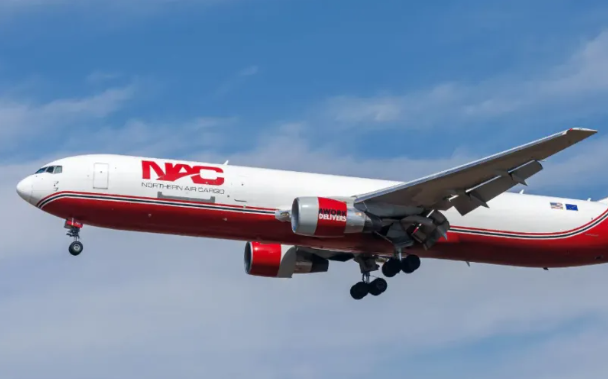According to the latest data from ocean and air freight intelligence platform Xeneta, average spot rates from China to the U.S. West Coast have dropped by 59% since June 1, 2025, reaching $2,268 per FEU.
During the same period, rates to the U.S. East Coast also saw a sharp decline, falling 43% to $3,796 per FEU.
Average spot rates from Northern Europe to the U.S. East Coast stand at $2,000 per FEU, reflecting a modest 5% decrease since June 1, 2025, but a more significant 25% drop compared to January 1 of this year.
“U.S. trade agreements are not a silver bullet, and we shouldn’t expect them to revive a quiet ocean freight market,” said Emily Stausbøll, Senior Shipping Analyst at Xeneta. “A 15% tariff on goods imported from the EU is not good news for shippers—it’s just not as bad as it could have been. We can also be certain that the Sino-U.S. negotiations in Stockholm won’t bring import costs back to pre-April levels, when President Trump introduced broad reciprocal tariffs,” she added. “In a context of weak demand, U.S. trade spot rates have dropped significantly and may continue to fall, even though carriers have successfully slowed the decline in recent weeks by reducing capacity. Any savings from lower rates are marginal compared to the financial impact of the tariffs, so even the most optimistic shippers must confront the reality of U.S. trade policy.”
Stausbøll also highlighted the challenges posed by the impact of tariffs on demand for transoceanic container transport into the U.S. “Shippers front-loaded cargo into the U.S. in April and May due to the temporary tariff relief—that surge has now passed, and rates are dropping fast, especially on inbound trades from the Far East. Carriers have started cutting capacity on U.S. routes to prevent further rate erosion, but with global container vessel fleet capacity severely oversupplied, they may be fighting a losing battle,” she added.
In recent years, shipping lines reported record profits amid supply chain disruptions, but if they fail to stop the sharp rate declines, those days may soon be over.

Last
MSC Plans Historic Overhaul of Feeder Fleet with Massive Newbuilding Program
Mediterranean Shipping Company (MSC), the world’s largest container shipping line, is planning a historic renewal of its feeder fl

Next
Northern Air Cargo Winds Down 767 Operations to Refocus on Core Markets
Northern Air Cargo (NAC), founded in 1956, is a cargo airline headquartered in Anchorage, Alaska, USA.According to reports, NAC is
